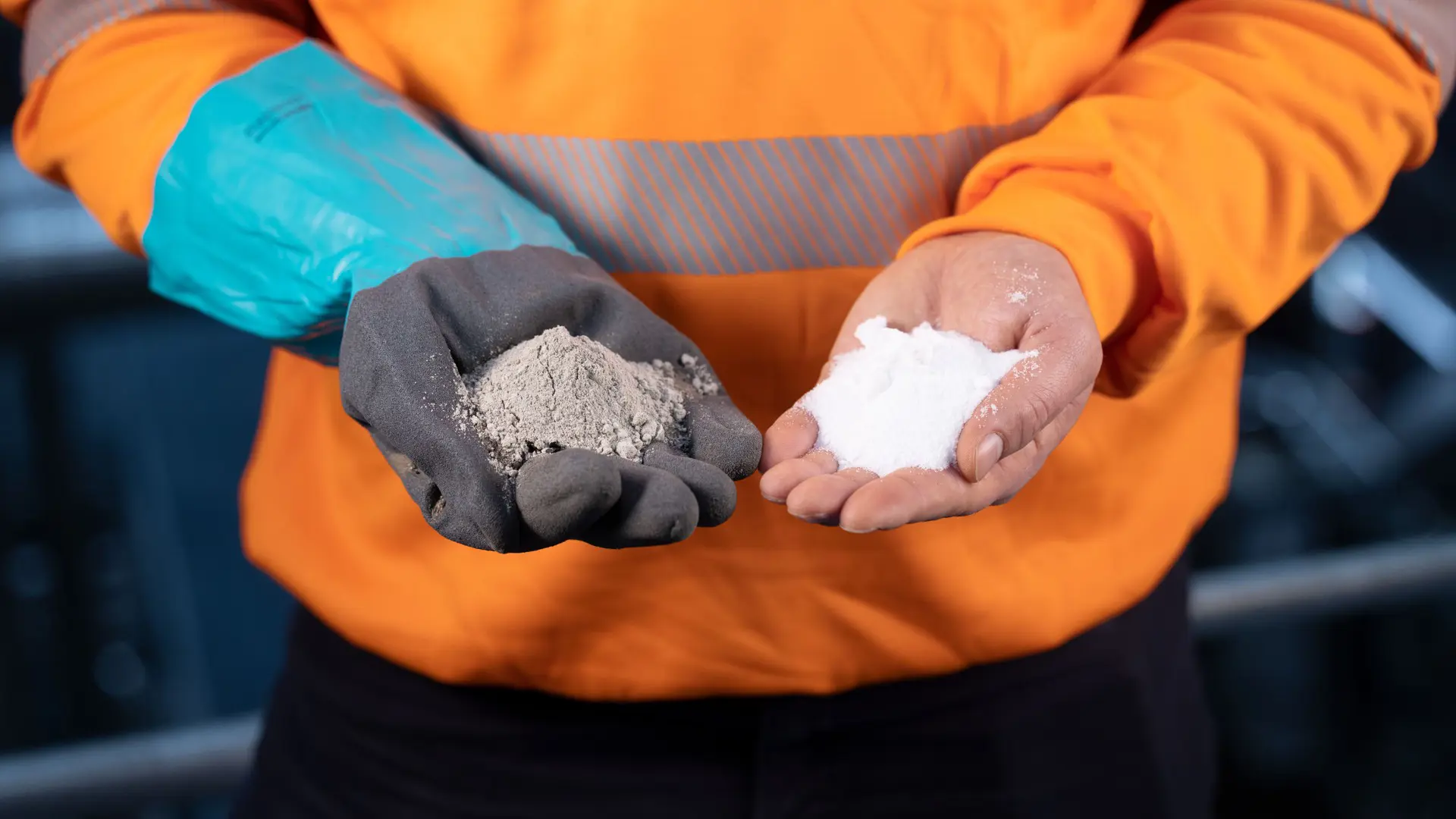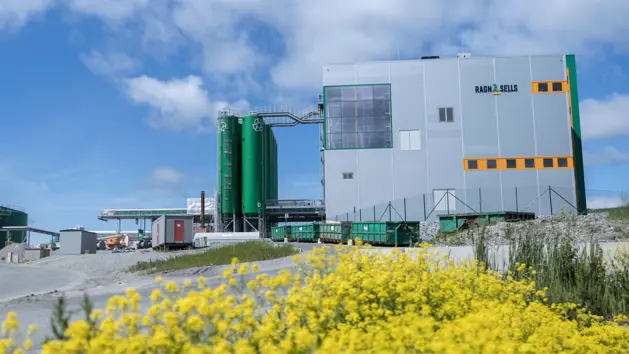
ASH2®SALT
EasyMining´s Ash2Salt technology extracts pure potassium, sodium and calcium chloride from hazardous fly ash.
EasyMining’s patented Ash2Salt process can extract commercial salts from high chloride containing fly ashes. After washing, the ash residue can be landfilled without an exemption for high chloride contents or re-used as an industrial raw material.
The Ash2Salt process can extract commercial grade:
- Potassium chloride (KCl)
- Sodium chloride (NaCl)
- Calcium chloride (CaCl2)
- Aqueous ammonia solution (NH3) or ammonium sulfate ((NH4)2SO4)


